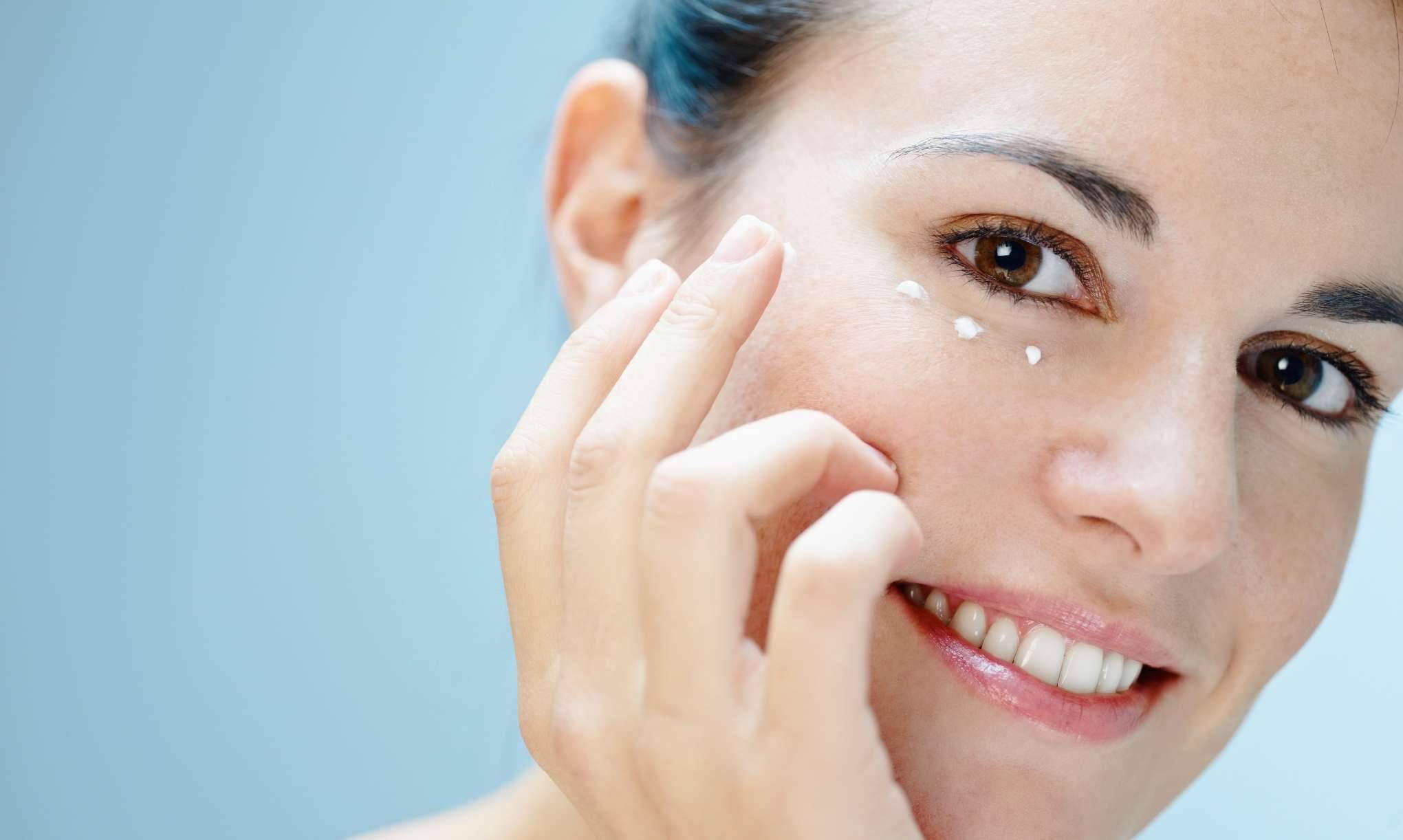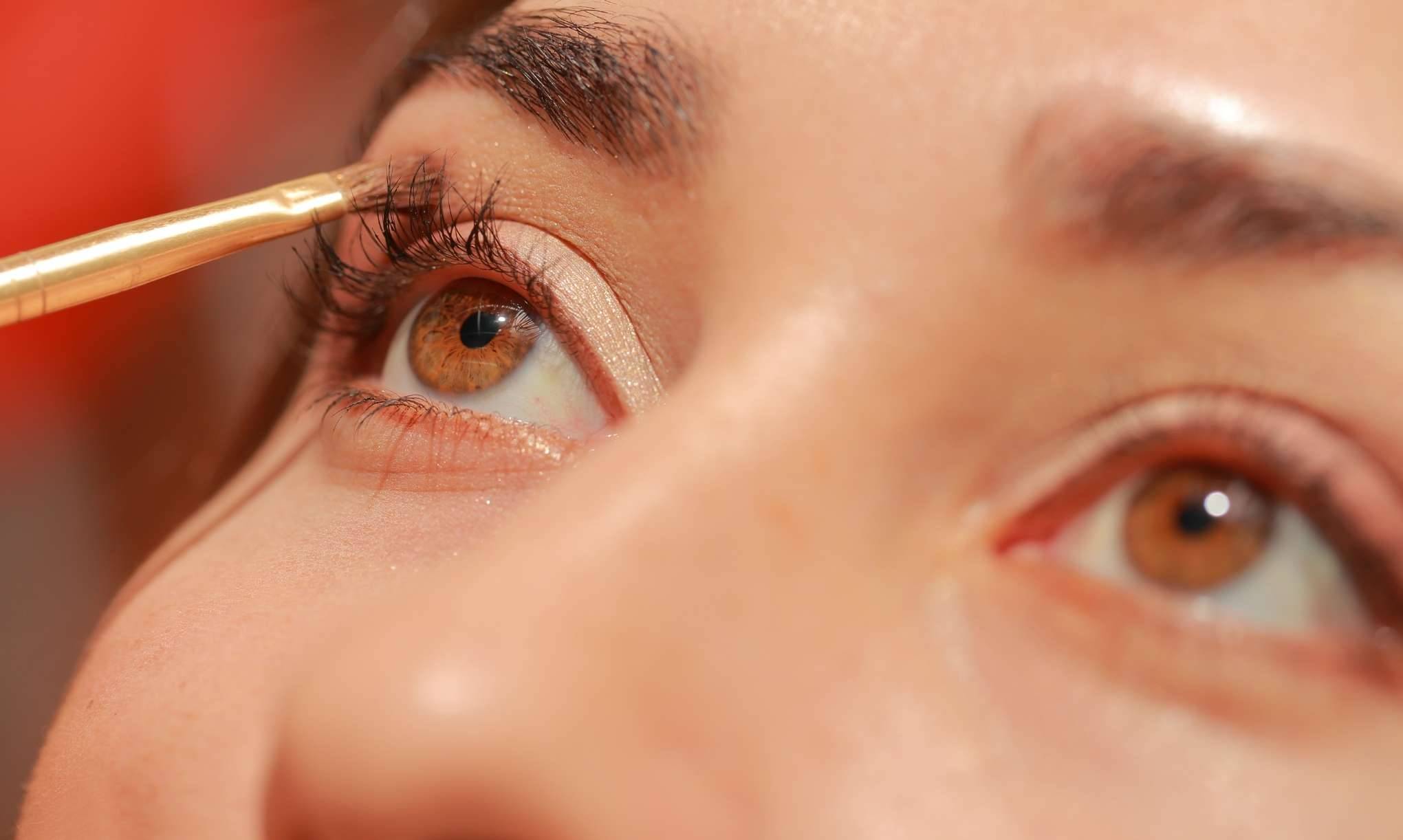When you look in the mirror, do your eyes reflect how you feel inside?

By Kath Wong | September 12th, 2025
For many people, sagging eyelids, puffiness, or drooping skin make them look tired, even if they’re full of energy.
If this sounds familiar, you may have already come across Blepharoplasty, also known as eyelid surgery.
It’s one of the most popular cosmetic procedures worldwide, especially among those who want a fresher, more youthful look.
But before you decide, you should understand exactly what the surgery involves, the benefits, risks, and recovery. Let’s go step by step so you feel confident in your decision.
What Is Blepharoplasty?
Blepharoplasty is a surgical procedure that improves the appearance of the eyelids. It can be done on the upper lids, lower lids, or both. Depending on your needs, it can:
· Remove excess skin that causes drooping.
· Eliminate puffiness caused by fat deposits.
· Reduce under-eye bags.
· Improve vision if sagging lids block your eyesight.
It’s not just about looking younger. For some people, it’s also about function and comfort.
Why People Choose Blepharoplasty
Everyone has their own reason for considering eyelid surgery. Some of the most common ones include:
· A more youthful appearance: Sagging lids are often one of the first visible signs of aging.
· Confidence boost: Many people feel more refreshed and vibrant after surgery.
· Better vision: In severe cases, excess skin can interfere with your sight.
· Cultural preferences: In some regions, eyelid surgery is also chosen for aesthetic reasons, such as creating a double eyelid crease.
What’s important is that the decision is yours, based on your comfort and goals.
The Procedure – Step by Step
Knowing what to expect makes the process less overwhelming. A typical Blepharoplasty involves:
Consultation: The surgeon checks your eyelids, discusses your goals, and explains what’s realistic.
Preparation: On surgery day, your eyelids are cleaned and numbed with anesthesia (local or general, depending on your case).
Incision: The surgeon makes small, precise incisions in natural eyelid creases to minimize visible scars.
Tissue adjustment: Excess skin, fat, or muscle is removed or repositioned.
Closing the incisions: The eyelids are carefully stitched.
The whole process usually takes 1 to 3 hours, depending on whether you’re having upper, lower, or both lids done.

Recovery – What to Expect
Recovery is an essential part of the journey. Here’s a realistic timeline of what you might experience:
· First 1 to 2 days: Mild swelling, bruising, and discomfort. Cold compresses help.
· First week: Sutures may be removed within 5 to 7 days. Swelling starts to reduce.
· 2 to 3 weeks: Most swelling and bruising fade. You can return to daily routines.
· 1 to 2 months: Final results become visible. The eyes look fresher and more natural.
During this period, it’s important to follow your doctor’s advice closely, including avoiding heavy exercise, wearing sunglasses outdoors, and keeping your eyes clean.
Risks and Considerations
Blepharoplasty is generally safe when performed by an experienced surgeon. But like any surgery, there are risks, including:
· Dry eyes or irritation.
· Difficulty closing eyes fully during healing.
· Visible scarring (though usually minimal).
· Rare complications such as infection or bleeding.
This is why choosing a certified, skilled surgeon is non-negotiable.
Who Is A Good Candidate For Blepharoplasty?
You may be a good candidate if you:
· Are bothered by drooping eyelids, under-eye bags, or puffiness.
· Are in good overall health.
· Do not have severe eye conditions (such as glaucoma or dry eye syndrome).
· Have realistic expectations about results.
A consultation with a professional will help you understand whether surgery is right for you, or if alternative treatments may be better.
Benefits Beyond Looks
Yes, Blepharoplasty is often seen as cosmetic, but the benefits extend beyond looks. Many patients report:
· Feeling more alert and approachable.
· Increased self-confidence in both personal and professional settings.
· Easier application of makeup.
· Improved daily comfort when drooping skin no longer interferes.
In short, it’s a small change that can have a big impact on how you live and interact with the world.

Non-Surgical Alternatives to Consider
If you’re not ready for surgery, there are non-invasive treatments that may help, depending on your condition:
· Dermal fillers: Can reduce the appearance of hollow under-eyes.
· Laser resurfacing: Improves skin texture and tightness.
· Radiofrequency treatments: Stimulate collagen and tighten skin.
· Botox: Helps with fine lines around the eyes.
While these don’t replace surgery, they can be good options if you’re looking for temporary improvement.
Reader’s Takeaway – Is Blepharoplasty Worth It?
If sagging eyelids or puffiness are making you feel older than you are, Blepharoplasty could be a game-changer. It’s not just about vanity — it’s about aligning how you look with how you feel inside.
That said, surgery is a big decision. The best approach is to educate yourself, consult a professional, and weigh the benefits against the recovery and risks.
Book Your Blepharoplasty with Trusted Experts
Thinking about whether Blepharoplasty is the right step for you? The journey to refreshed, youthful eyes starts with professional care.
At Trambellir.com, you can book safe and certified eyelid surgery treatments across Asia with experienced surgeons. With trusted clinics, transparent options, and seamless booking, you can take the next step in your transformation with confidence.
FAQs
Q1. What is Blepharoplasty?
Blepharoplasty, also known as eyelid surgery, is a procedure that removes or repositions excess skin, fat, or muscle from the upper or lower eyelids. It helps improve appearance, reduce puffiness, and in some cases, enhance vision if sagging lids obstruct eyesight.
Q2. How long does it take to recover from Blepharoplasty?
Most patients experience swelling and bruising for the first 1 to 2 weeks. Stitches are usually removed within a week, and most people return to normal routines within 2 to 3 weeks. Final results are visible after 1 to 2 months once healing is complete.
Q3. What are the risks of Blepharoplasty?
While generally safe, Blepharoplasty carries some risks, such as dry eyes, temporary difficulty closing the eyes, mild scarring, or rare complications like infection and bleeding. Choosing a certified and experienced surgeon reduces these risks significantly.
Q4. Who is a good candidate for eyelid surgery?
You may be a good candidate if you have sagging eyelids, puffiness, or under-eye bags, are in good health, and have realistic expectations. People with certain eye conditions, like glaucoma or chronic dry eyes, may need to consider alternatives.
Q5. Are there non-surgical alternatives to Blepharoplasty?
Yes. Options such as dermal fillers, laser resurfacing, radiofrequency treatments, and Botox can help reduce signs of aging around the eyes. While they don’t replace surgery, they can provide temporary improvements without downtime.